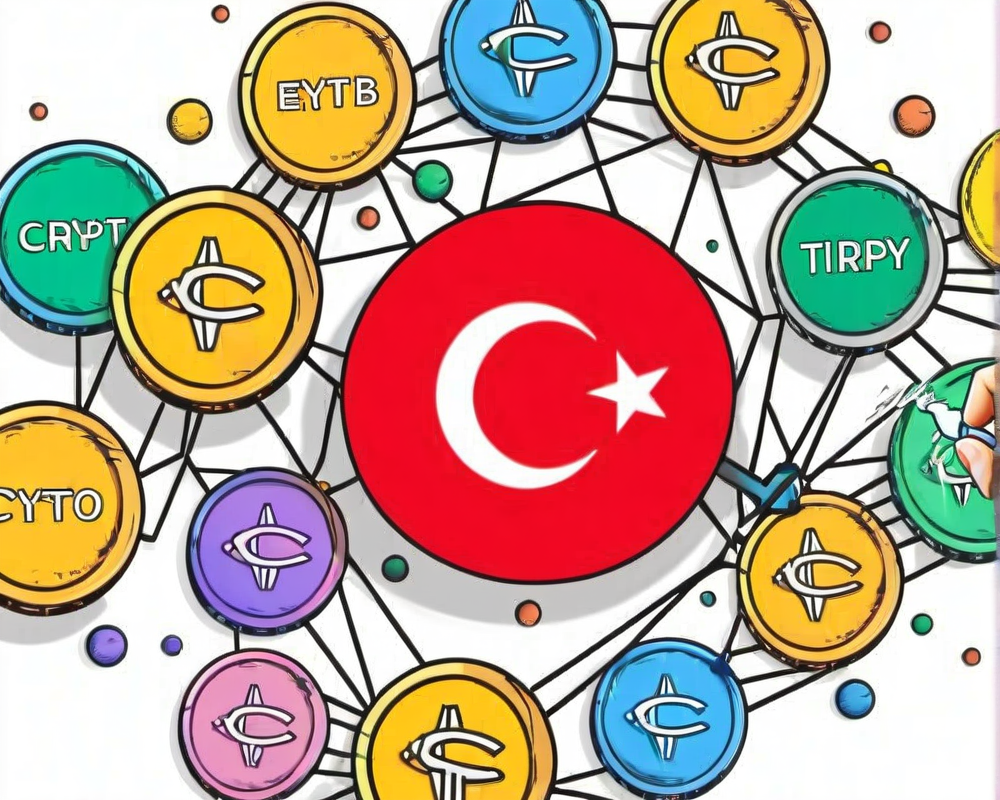What is a 51 Percent Attack?
In the wild world of cryptocurrencies, a 51 percent attack has become a term that stirs both excitement and fear. Essentially, when any entity gains control of over 50% of a blockchain’s hash rate, they can manipulate transactions, potentially leading to double spending and other nefarious activities. Put simply, if you can swing a majority of the punches in a crypto boxing match, you’re likely to leave your opponent reeling.
Recent Events Surrounding Ethereum Classic
On January 7, 2023, the Ethereum Classic (ETC) network found itself in hot water following alarming reports of unexpected mining activity. Charlie Lee, the well-known creator of Litecoin, chimed in with his thoughts on the situation, highlighting a fundamental truth regarding decentralized cryptocurrencies: they are inherently prone to these types of attacks. Lee tweeted, “By definition, a decentralized cryptocurrency must be susceptible to 51% attacks…If a crypto can’t be 51% attacked, it is permissioned and centralized.” Wise words or just a clever tweet? Let’s minimize the hype and unpack this moment.
Coinbase Gets Involved
In their pursuit of transparency, Coinbase reported that they had detected signs of chain reorganizations and double spends on the ETC network. Stage set! They announced they would suspend deposits and withdrawals for ETC as a precautionary measure, which, surprise, is still going strong several days later. Coincidence? I think not. What’s more, they later updated their numbers, indicating a staggering 12 additional reorganizations and a total of 219,500 ETC at stake (approximately $1.1 million). Now that’s a hefty sum to deal with!
The ETC Developer Team Responds
As the drama unfolded, ETC developers took the stage to refute the claims of a full-fledged attack. They suggested the activities were likely due to “selfish mining,” a little-known tactic where miners can exploit their resources without being maliciously attack-prone. They quickly shunned the 51 percent attack label, keeping it away from their cozy little network. Their reasoning? They hypothesized that the increased hash rate might be a result of new ASIC machines undergoing testing. However, any hopes of calm were dashed when the manufacturer’s own director of operations tweeted a denial— later deleted, I must add. The plot thickens!
The Current State of ETC
As it stands, the ETC team is playing it safe, frequently urging exchanges and mining pools to ramp up their confirmation times for all transactions. Talk about looking after number one! The future is still uncertain, but one thing’s for sure: whether the ETC experienced a 51 percent attack or simply a case of miners engaging in selfish behavior, the constant cat-and-mouse game in the crypto realm proves a timeless adage: keep your friends close, and your miners closer.




